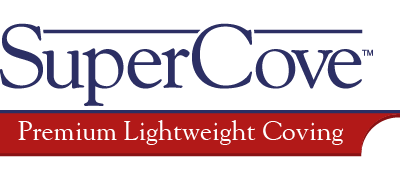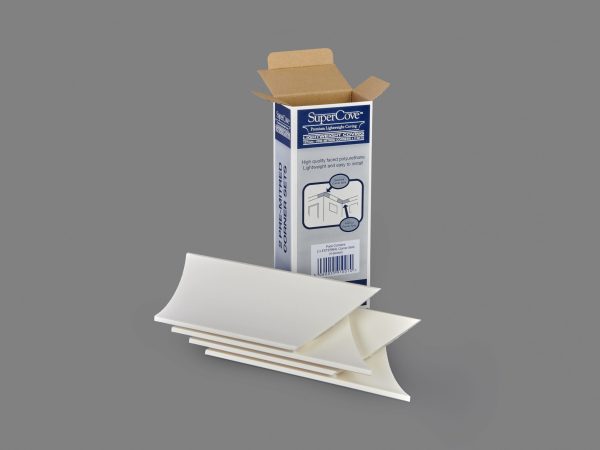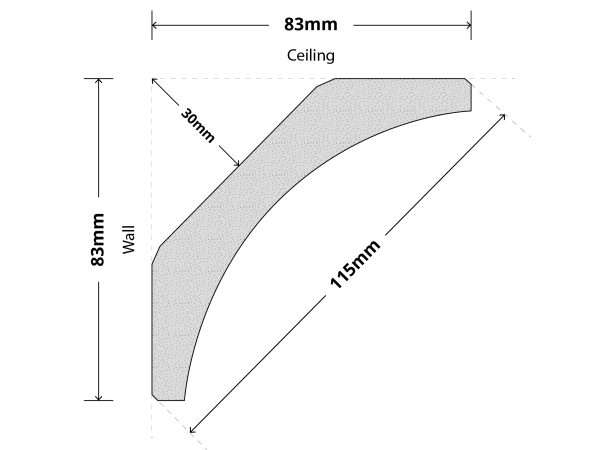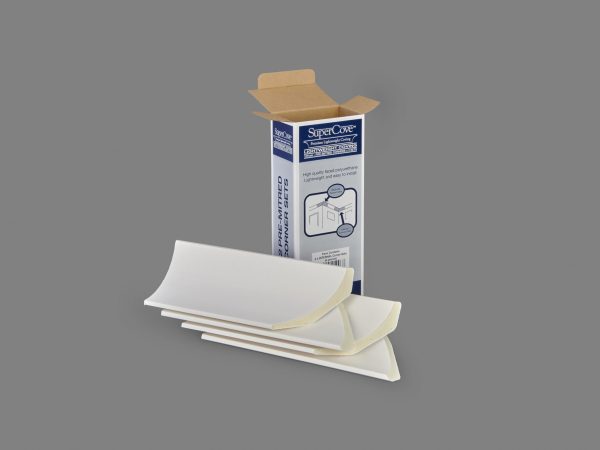FSC® Certified – Sustainably sourced, eco-friendly materials.

Cleaner & Easier to Fit – Simple to cut, no crumbling, no mess.

Crisp, Professional Finish – Perfect lines and sharp plaster-like edges.

Smarter Value – More affordable and less waste than alternatives.
FSC® Certified – Sustainably sourced, eco-friendly materials.

Cleaner & Easier to Fit – Simple to cut, no crumbling, no mess.

Crisp, Professional Finish – Perfect lines and sharp plaster-like edges.

Smarter Value – More affordable and less waste than alternatives.
FSC® Certified – Sustainably sourced, eco-friendly materials.

Cleaner & Easier to Fit – Simple to cut, no crumbling, no mess.

Crisp, Professional Finish – Perfect lines and sharp plaster-like edges.

Smarter Value – More affordable and less waste than alternatives.



